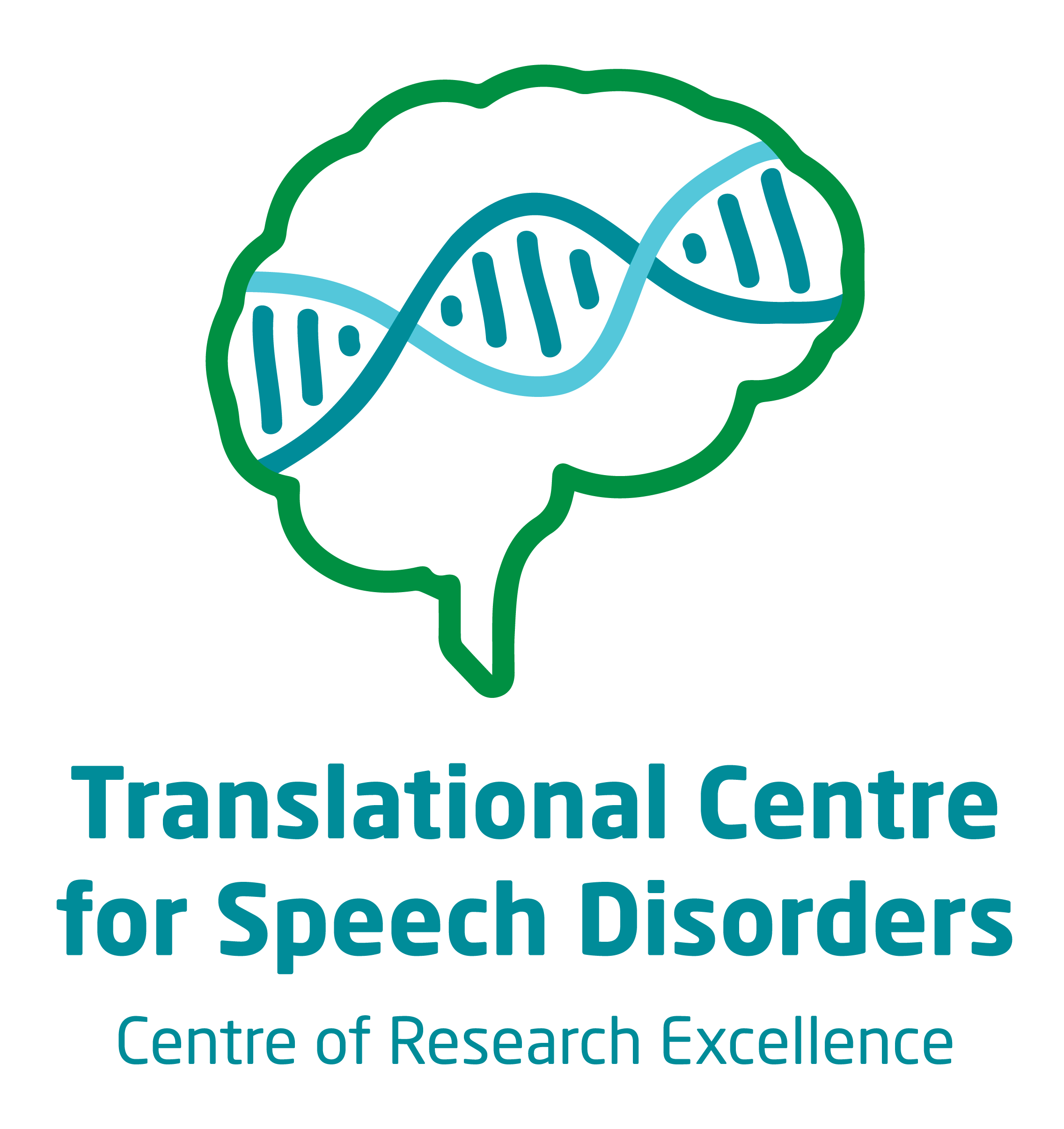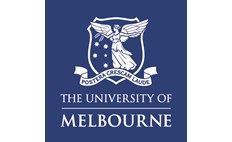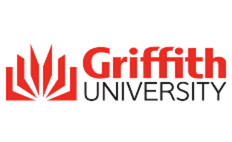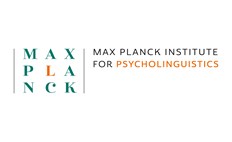MEIS2
What is a MEIS2-related disorder?
MEIS2- related disorder occurs when there is a change or alteration (like a spelling mistake) to the MEIS2 gene, meaning the gene loses its usual function. This results in changes to the usual development patterns in the affected individual.
MEIS2 is a gene on chromosome 15q.14. Whilst the exact function of the MEIS2 gene is not yet fully understood, it is part of a group of genes that are known to be involved in transcriptional regulation (regulates the conversion of DNA to RNA e.g. deciding which genes to turn on and off).6
Contact
For further information, do get in touch with the CRE Speech and Language team at:
Email: geneticsofspeech@mcri.edu.au
Phone: (03) 9936 6334
Frequently asked questions
The MEIS2 gene is associated with cleft palate, congenital heart defects and intellectual disability (ID). 7 A MEIS2 gene variant effects gene expression during foetal brain development. 2 As a result, if the individual is found to have a cleft, this will impact their ability to produce intelligible speech.1 If the individual is found to have a developmental delay or ID, this can also affect the individual’s language and speech development.
Speech and language difficulties are common in individuals with a MEIS2 gene variant. Whilst cases have shown that individuals with a MEIS2 gene variant do display speech and language difficulties, these are largely linked with other conditions such as intellectual disability.
It is currently unclear of when individuals with a MEIS2 gene variant begin speaking. From the some research conducted on the development of these individuals, it has been identified that speech is impacted, 2, 3, 5, 7 but there is limited information on the specific presentation of speech and language abilities.
It is currently unclear whether there are definitive characteristics/features of speech and language in individuals with a MEIS2 gene variant. If individuals are identified as having a cleft palate however, there are some common features that may be present; hypernasality, nasal air emission and speech sound errors related to change in structure within the oral cavity. 1 Once the cleft has been repaired, there is good prognosis for improvement in speech. For individuals who also have a co-occurring speech movement disorder such as childhood apraxia of speech (CAS), they will still have challenges with speech production. The literature is very limited in this area however, so we have too little data to paint an overall picture of communication in this group.
It is currently unclear how an individual with a MEIS2 gene variant will develop their speech over time. From the case studies that have reported on speech and communication ability, the individual’s communication abilities have varied.2, 3, 5, 7 As a result, it is difficult to determine their speech development overtime. It is also dependent on the individual’s access to early intervention and continued speech therapy.
There is only one known reported case of an individual attending a mainstream school throughout primary school and high school. This information has not been detailed in other reports of individuals with a MEIS2-related disorder.
There is no research on speech and language interventions that are specifically designed for individuals with MEIS2 gene variant. Currently, interventions are specific to that of the individual’s needs and goals and require a speech pathologist to ensure that current best-evidenced based therapies are implemented.
References
- American Speech-Language-Hearing Association. (2019). Retrieved from
https://www.asha.org/PRPSpecificTopic.aspx?folderid=8589942918§ion=Signs_and_Symptoms - Douglas, G., Cho, MT., Telegrafi, A., Winter, S., Carmichael, J., Zackai, E.H., Deardorff, M.A., Harr, M., Williams, L., Psychogios, A., Erwin, AL., Grebe, T., Retterer, K., & Juusola, J. (2018). De novo missense variants in MEIS2 recapitulate the microdeletion phenotype of cardiac and palate abnormalities, developmental delay, intellectual disability and dysmorphic features. American Journal of Medical Genetics, 176 (A), 1845-1851.
- Fujita, A., Isidor, B., Piloquet, H., Corre, P., Okamoto, N., Nakashima, M., Tsurusaki, Y., Saitsu, H., Miyake, N., & Matsumoto, N. (2016). De novo MEIS2 variant causes syndromic developmental delay with persistent gastro-esphageal reflux. Journal of Human Genetics, 61, 835-838.
- Giliberti, A., Curro, A., Tiziana Papa, F., Frullanti, E., Ariani, F., Coriolani, G., Grosso, S., Renieri, A., & Mari, F. (2019). MEIS2 gene is responsible for intellectual disability, cardiac defects and distinct facial phenotype. European Journal of Medical Genetics.
- Louw, JL., Corveleyn, A., Jia, Y., Hens, G., Gewillig, M., & Devriendt, K. (2015). MEIS2 Involvement in Cardiac Development, Cleft Palate, and Intellectual Disability. American Journal of Medical Genetics: Part A, 167 (A), 1142-1146.
- NIH U.S National Library of Medicine (2019). MEIS2 Retrieved from
https://www.ncbi.nlm.nih.gov/gene?Db=gene&Cmd=DetailsSearch&Term=4212https://ghr.nlm.nih.gov/gene/MEIS2#location - Verheije, R., Kupchik, GS., isidor, B., Kroes, HY., Lynch, SA., Hawkes, L., Hempel, M., Gelb, BD., Ghoumid, J., D’Amours, G., Chandler, K., Dubourg, C., Loddo, S., Tumer, Z., Shaw-Smith, C., Nizon, M., Shevell, M., Van Hoof, E., Anyane- Yeboa, K., Cerbone, G., Clayton-Smith, J., Cogne, B., Corre, P., Corveleyn, A., De Borre, M., Dueland Hjortshoj, T., Fradin, M., Gewillig, M., Goldmuntz, E., Hens. G., Lemyre E., Journel, H., Kini, U., Kortum, F., Le Caignec, C., Novelli, A., Odent, S., Petit, F., Revah-Politi, A., Strong, N., Strom, TM., van Binsbergen, E., DDD study, Devriendt, K., & Breckpot, J. (2019). Heterozygous loss-of-function variants of MEIS2 cause of triad of palatal defects, congenital heart defects, and intellectual disability. European Journal of Genetics, 27, 278-290.






